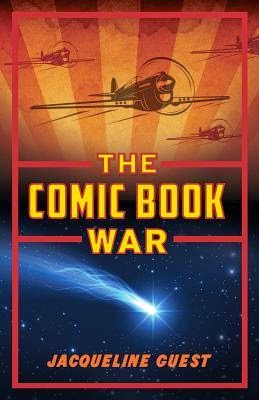Dimple Lala has just turned 17 and suddenly she finds herself in the midst of an identity crisis. Both of her parents and, in fact, all of her relatives were born in India. Her parents were the only ones who migrated to the United States, to Springfield, New Jersey, where Dimple was born.
A talented photographer, Dimple has always hidden herself behind the lens of her camera, and she has always been content to take a backseat to her blond-haired, blue-eyed, very flamboyant best friend Gwyn. Both have always felt like outsiders - Dimple because she has always felt "not quite Indian, and not quite American." Gwyn because she is a rich girl with an alcoholic mother who's never home, and a father who left years before.
But, now Dimple's parents have arranged for her to meet a 'suitable Indian boy,' and naturally, she can't help but feel resistant. Karsh Kapoor may be good looking, but Dimple refuses to have an interest in him. After all, he is the son of her mother's best friend from India, a college boy going to NYU, studying to be a computer engineer, and, Dimple is pretty certain, a real nerd.
But Dimple has a lot to learn about being Indian and her cousin Kavita is just the person to begin her education. On a visit for Dimple's birthday, she tells her all about the South Asian scene at NYU, in which she and Karsh are both active. And Kavita gives Dimple a way to define herself as an ABCD - American Born Confused Desi (Hindu for a person from South Asia). Suddenly, knowing that there are other people out there who feel as she does about who gives Dimple a whole new perspective on things.
But when Dimple runs into Karsh at a club one night, she suddenly sees him in a different light. Unfortunately, Gwyn also seems to sees him differently then the description that Dimple had given her, and Gwyn is on the rebound from a very public, very humiliating break up and has no inhibitions about revealing to Karsh what Dimple had said about him. Which means that Gwyn now feels completely entitled to throw herself at him.
Suddenly, both girls have an real interest in Indian culture and traditions. Or maybe it's a real interest in impressing Karsh with their South Asian knowledge - just as soon as they acquire some. Unaware that Dimple's feeling about Karsh have changed, Gwyn asks her to help her win over Karsh, even going to far as to borrow the new Indian clothing Dimple had just received for her birthday.
Will Dimple be willing to continue to take a back seat to Gwyn yet again?
Born Confused lays claim to the fact that it is "
the first ever South Asian American coming of age novel" and I loved it - every word on all its 500+ pages. Tanuja Desai Hidier has a way with words that not only brings her characters to life, but can tingle all your senses - don't skip the descriptions, skimmers. But coming of age is a journey and Dimple takes us along on her through her first person stream of consciousness thinking, which can be at times funny, self-deprecating, serious and very naive.
I loved the metaphorical use of the Dimple's camera. She considers the camera lens to be her third eye, even naming it Chica Tikka. Dimple uses it not just as a way to hide but also to express what she can't in words. In fact, she has a lovely relationship with her grandfather, Dadaji, in India and since neither speaks the other's language, Dimple tells him about herself and her life through her camera lens. Tellingly, in the beginning, everything in Dimple's world is shot in black and white, but at 17, she begins to experiment with color - with her photographs and her life.
Best friend Gwyn is quite a character, as well. She has been the subject of Dimple's photographs for years, and nothing makes Dimple happier than seeing Gwyn happy, a situation that the very narcissistic Gwyn takes complete advantage of. I wondered more than once why they were such good friends, since that outsider sense of themselves seems to be all they had in common.
Mr. and Mrs. Lala, Dimple's parents, have been drawn to perfection by Hidier, as is cousin Kavita, Karsh and everyone else who people this novel. I did find I had to look up a few things I was sure of, mostly regarding things belonging to Indian culture and tradition, but not so much that it spoiled my enjoyment of Dimple's story.
Born Confused was originally published in 2003 and a few things may feel dated, but that does not detract from the novel at all. And that was also a time before social media and cell phone cameras, so Dimple's SLR camera, film, and darkroom may baffle a few readers, but hopefully they will be curious enough to enlighten themselves (I personally still prefer an SLR for real photographs, a cell phone for snapshots).
Bottom line: at a time when
#weneeddiversebooks,
Born Confused should be on everyone's reading list.
GOOD NEWS: Tanuja Desai Hidier has written a sequel to
Born Confused called
Bombay Blues, continuing Dimple's search for self and home, and this time she heads to Bombay to visit family and it will be available August 26, 2014.
This book is recommended for readers age 14+
This book was an E-ARC received from NetGalley
























































